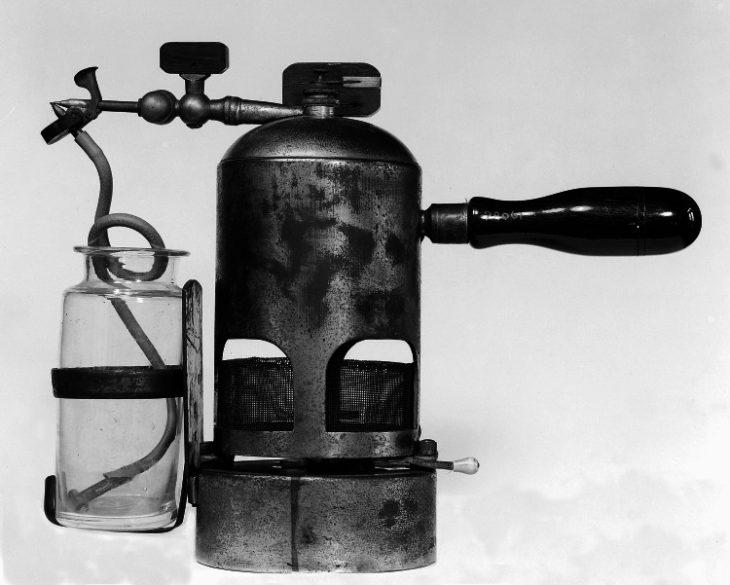
Word of the Day: Querulous
Today’s word of the day is querulous, which can be pronounced either /ˈkwɛr ə ləs/ or /ˈkwɛr yə ləs/, though honestly I would pronounce it the second way, with the /yə/. Just to clarify, the ə is what we call a schwa; it is an unstressed central vowel, the sound we usually hear when someone commits a vocalized pause (uh). So with /yə/, we have the sound we hear when someone says “What’s it to ya?” Querulous means “full of complaints; complaining” or “characterized by or uttered in complaint; peevish,” as in “a querulous attitude” (https://www.dictionary.com/browse/querulous).
Merriam-Webster says, “Someone described as querulous is constantly or habitually complaining. Querulous can also be used synonymously with fretful or whining when describing something, such as a person’s tone of voice” (https://www.merriam-webster.com/word-of-the-day). The website then explains, “English speakers have called fretful whiners querulous since late medieval times. The Middle English form of the word, querelose, was an adaptation of the Latin adjective, querulus, which in turn evolved from the Latin verb queri, meaning ‘to complain.’ Queri is also an ancestor of the English words quarrel and quarrelsome, but it isn’t an ancestor of the noun query, meaning ‘question.’ No need to complain that we’re being coy; we’re happy to let you know that query descends from the Latin verb quaerere, meaning ‘to ask’” (ibid.).
Etymonline says that querulous entered the English language “c. 1400, querelous, from Old French querelos ‘quarrelsome, argumentative’ and directly from Late Latin querulosus, from Latin querulus ‘full of complaints, complaining,’ from queri ‘to complain,’ from Proto-Italic *kwese-, of uncertain etymology, perhaps, via the notion of ‘to sigh,’ from a PIE root *kues– ‘to hiss’ (source also of Sanskrit svasiti ‘to hiss, snort’), which is not very compelling, but no better etymology has been offered” (https://www.etymonline.com/search?q=querulous). In other words, if you are expecting absolute certainty from linguistics, you’re going to be disappointed.
On this date in 1867, Joseph Lister published a paper “On a New Method of Treating Compound Fracture, Absess, Etc., with Observations on the Condition of Suppuration,” according to On This Day (https://www.onthisday.com/events/march/16). I have actually March 10 on another website, and Wikipedia says that the paper was published in five installments, but we’ll go with today’s date.
Joseph Lister was a medical doctor and a researcher, and he is in good measure responsible for the ability of surgeons today to do what they do. He developed a system for cleaning wounds that was referred to as antiseptic surgery.
According to Dennis Pitt and Jean-Michel Aubin, Lister changed the world of surgery. “The world of surgery when Lister began his practice was primitive by our standards. Although Fracastoro of Verona in 1546 theorized that small germs could cause contagious diseases, no one associated them with wound infections. Bed linen and laboratory coats were not washed and surgical instruments were only cleaned before they were put away for storage. The same probe was used for the wounds of all patients during rounds to look for pockets of undrained pus. Suppuration and laudable pus were considered part of normal healing. Operative procedures were only occasionally performed in the average surgeon’s practice,5 and there was talk of banning all surgery from hospitals because of septic complications. Sir J.E. Erichsen, a future President of the Royal College of Surgeons, stated ‘The abdomen, chest and brain will forever be closed to operations by a wise and humane surgeon.’ Semmelweis’ work on puerperal fever was unknown” (https://www.ncbi.nlm.nih.gov/pmc/articles/PMC3468637/). You may remember that I talked about Semmelweis on February 28, when the word of the day was iatrogenic.
“Lister’s great intellectual breakthrough came when, on the advice of Thomas Anderson, a Glasgow professor of chemistry, he read Pasteur’s papers, Recherches sur la putrefaction, and postulated that the same process causing fermentation was involved with wound sepsis” (ibid.). From this hypothesis, he began using a form of carbolic acid, known as creosote, to keep wounds free of infection. His first attempt was on an 11-year-old boy. “From 1865 to 1867, Lister treated 11 more cases of compound fractures, nine of which remained free of infection, one of which needed amputation, and one in which the patient died due to secondary hemorrhage” (ibid.). It was the results of those experiments that Lister published in The Lancet in 1867.
Carbolic acid is actually dangerous to human tissue, so it had to be used very carefully. During his time, he gradually diluted the solution more and more. And eventually his antiseptic approach would be replaced by antibiotics to keep wounds free of infection. But he did have a role in making the germ theory of disease accepted in the medical community. He was accused of plagiarizing the work of a French scientist. The editor of The Lancet invited doctors and researchers to try Lister’s method and report their results.
But with every advance, there are those whose attitude to the changes can only be described as querulous.
The image today is one of the iterations of Joseph Lister’s carbolic acid spray machine. And by the way, to answer the question that I know is foremost in your minds, Listerine was not invented by Joseph Lister. It was invented in 1879 by a St. Louis, Missouri, chemist named Joseph Lawrence. However, Lawrence did name the antiseptic mouthwash after Joseph Lister.